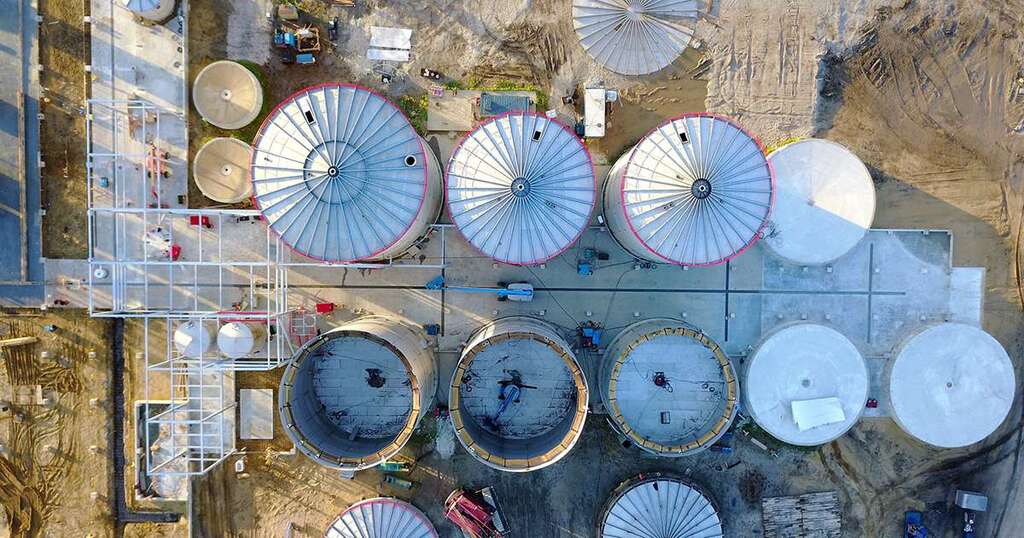API Tank 650
- Software we use
- Solidworks
- Codeware
- AutoCad
API Tank Calculations and Fabrication Drawings
The standard API 650 covers the design and calculation of the different elements of the tank. Specifically, API 650 is a standard for above-ground storage tanks that can store contents at a maximum internal pressure of 2.5 pounds per square inch (PSI). It can store products at a temperature range of -40 degrees Fahrenheit to 500 degrees Fahrenheit. Due to this versatility, API 650 tanks are widely used for refineries, terminals, and pipeline facilities.
J Lowry LLC can provide are a comprehensive resource to ensure compliance with the ASME code and to ensure that pressure vessels are designed and manufactured to meet the required safety standards.


API Tank Calculations and Fabrication Drawings
The standard API 650 covers the design and calculation of the different elements of the tank. API 650 is a standard for above-ground storage tanks that can store contents at a maximum internal pressure of 2.5 pounds per square inch (PSI). It can store products at a temperature range of -40 degrees Fahrenheit to 500 degrees Fahrenheit. API 650 tanks are used for refineries, terminals, and pipeline facilities
These tanks are widely used for storing products such as crude oil, petrol, chemicals, and water.
J Lowry LLC can provide are a comprehensive resource to ensure compliance with the ASME code and to ensure that pressure vessels are designed and manufactured to meet the required safety standards.
What are the limitations of API 650 Tanks?
API 650 is a standard that governs the design, fabrication, and installation of welded steel tanks for various liquid storage applications in the USA.
According to the standard, API 650 tanks have the following limitations:
- Are aboveground, cylindrical, and non-refrigerated tanks.
- Have internal pressures not exceeding the weight of the roof.
- The maximum internal design pressure is limited by 18 KPa.
- Have a maximum operating temperature of 200°F (93°C).
- Have a minimum shell thickness of 3/16 inches, which is the same as API 620 tanks2.
- Designed to store liquids with various properties, such as water, crude oil, chemicals, and more.
- Specific requirements for the material, welding, and inspection of the tank shell, bottom, and roof
- Have to undergo extensive testing and analysis to ensure safety and durability
We have helped many companies take their first step in filling out the applications, all the way through the final step of demonstrating the ability to meet Code Standards at the Joint Review. We can tailor our services to meet your Code knowledge and can provide most all the written documentation you will need.
Office
Houston, TX
Proudly Serving the USA
For International Services, Please Contact Us
Contact Us
- Office Hours: M-F 8am-5pm, Closed S-S
- Phone: (281) 995-0552
- Email: info@jlowryllc.com
